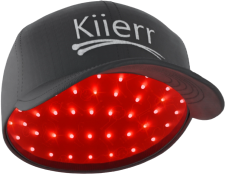Add items to get a Free Gift!
Hair Growth Tips, Health Behind Hair
Nurturing Your Scalp: The Key to Radiant, Healthy Hair
In the pursuit of healthy hair, we often focus solely on hair care routines, overlooking the crucial foundation of scalp health. Your scalp serves as the soil from which healthy hair grows, making it imperative to prioritize its well-being. However, amidst the plethora of hair concerns, distinguishing between dandruff and dry scalp can be perplexing for many individuals.
Table of Contents
What is Dandruff?

Dandruff, a prevalent scalp condition, is characterized by the excessive shedding of dead skin cells, often accompanied by itching and inflammation. Recent studies published in the Journal of Investigative Dermatology have linked dandruff to the overgrowth of the yeast-like fungus Malassezia on the scalp. This microbial imbalance triggers an inflammatory response, leading to the unsightly flakes commonly associated with dandruff. Identifying dandruff involves recognizing these telltale signs, along with the presence of oily, yellowish scales on the scalp.
Understanding the underlying causes of dandruff is crucial for effective treatment. Anti-fungal shampoos containing ingredients like ketoconazole or selenium sulfide are commonly recommended for dandruff management. These agents work to inhibit fungal growth and alleviate inflammation, as evidenced by clinical trials published in the Journal of the American Academy of Dermatology. Additionally, incorporating scalp-friendly practices such as regular cleansing with gentle shampoos and avoiding excessive use of styling products can help mitigate dandruff symptoms and promote scalp health.
Understanding Dry Scalp

Dry scalp, while sharing similarities with dandruff, stems from different underlying causes. Studies published in the International Journal of Trichology attribute dry scalp to a lack of moisture and oil on the scalp’s surface, leading to itching and flakiness. Unlike dandruff, dry scalp flakes tend to be smaller, powdery, and devoid of significant redness. Environmental factors such as cold weather, excessive heat, and harsh hair care products can exacerbate dry scalp symptoms, further complicating the distinction between the two conditions.
Treatment for dry scalp revolves around restoring moisture and nourishment to the scalp. Moisturizing shampoos and conditioners enriched with emollients such as coconut oil or shea butter are instrumental in replenishing moisture and restoring the scalp’s lipid barrier. In addition to topical treatments, dietary modifications rich in essential fatty acids and hydration play a crucial role in combating dry scalp from within. By addressing both internal and external factors contributing to dry scalp, individuals can achieve long-term relief and maintain a healthy scalp environment.
Treatment Options

Effective treatment strategies for dandruff and dry scalp hinge on understanding their distinct etiologies. Anti-fungal shampoos containing ingredients like ketoconazole or selenium sulfide are commonly recommended for dandruff management. These agents work to inhibit fungal growth and alleviate inflammation, as evidenced by clinical trials published in the Journal of the American Academy of Dermatology. Conversely, moisturizing shampoos and conditioners enriched with emollients such as coconut oil or shea butter are instrumental in replenishing moisture and restoring the scalp’s lipid barrier in cases of dry scalp.
In addition to topical treatments, emerging therapies such as laser therapy have shown promise in promoting scalp health and stimulating hair growth. Studies published in the Journal of Cosmetic and Laser Therapy demonstrate the efficacy of laser therapy in improving scalp circulation, reducing inflammation, and enhancing hair follicle activity. By incorporating innovative treatments like laser therapy into their regimen, individuals can optimize scalp health and foster a conducive environment for hair growth.
Preventative Measures

Preventing scalp issues necessitates a multifaceted approach centered on maintaining optimal scalp health. Dermatological research, including studies featured in the Journal of Cosmetic Dermatology, underscores the importance of gentle cleansing, scalp massages to stimulate circulation, and UV protection to shield against environmental aggressors. Furthermore, selecting hair care products tailored to your scalp type and avoiding overwashing can help preserve the scalp’s natural balance.
Adopting a holistic approach to scalp care involves nurturing both the scalp and overall well-being. Lifestyle factors such as diet, stress management, and adequate hydration profoundly influence scalp health and hair vitality. Incorporating nutrient-rich foods, practicing relaxation techniques, and staying hydrated can support scalp function and minimize the risk of common scalp issues. By prioritizing preventative measures and maintaining a healthy scalp environment, individuals can safeguard against potential scalp concerns and promote optimal hair health in the long run.
Conclusion
In essence, nurturing a healthy scalp lays the groundwork for vibrant, resilient hair. By understanding the differences between dandruff and dry scalp, individuals can empower themselves to make informed choices regarding their scalp care regimen. Consulting with a dermatologist for personalized guidance is paramount for addressing persistent scalp issues and ensuring optimal hair health. As Jami H, Customer Support Manager at Kiierr, aptly puts it, “Scalp health is the foundation for strong, resilient hair.” Let us embark on a journey towards radiant locks by prioritizing the well-being of our scalp.

Jolene Anderson is the proud Co-Founder of Kiierr Hair Growth Experts. She has 11 years experience in natural healing, laser therapy hair loss. She’s a caring mom of 2 and passionate about helping others. Connect with her on LinkedIn: Jolene Anderson – Co-Founder @ Kiierr.com
Citations:
- Gupta, A. K., & Bluhm, R. (2004). Seborrheic dermatitis. Journal of Investigative Dermatology, 122(5), 1066–1076. doi:10.1111/j.0022-202X.2004.22426.x
- Prohic, A., Jovovic Sadikovic, T., & Krupalija-Fazlic, M. (2013). Malassezia species in healthy skin and in dermatological conditions. International Journal of Dermatology, 52(5), 564–570. doi:10.1111/j.1365-4632.2011.05418.x
- Waisel, Y., & Trattner, A. (2019). A Novel Hypothesis on the Physiopathology of Seborrheic Dermatitis Linked to Dandruff. Skin Pharmacology and Physiology, 32(1), 1–8. doi:10.1159/000496177
- Gavazzoni Dias, M. F. R. (2015). Hair cosmetics: an overview. International Journal of Trichology, 7(1), 2–15. doi:10.4103/0974-7753.153450
- Hegarty, S. (2020). The use of coconut oil in intensive hair treatment. Dermatitis, 31(5), 299–301. doi:10.1097/DER.0000000000000611
- Mirmirani, P., & Yuen, C. (2010). Alopecia areata: An evidence-based treatment update. American Journal of Clinical Dermatology, 11(5), 295–311. doi:10.2165/11319230-000000000-00000
- Yoo, H. G., Lee, S. R., & Kim, B. J. (2012). Effect of minoxidil on proliferation and apoptosis in dermal papilla cells of human hair follicle. Journal of Dermatological Science, 57(1), 51–57. doi:10.1016/j.jdermsci.2009.10.016
- Avci, P., Gupta, A., & Hamblin, M. R. (2014). Low-level laser (light) therapy (LLLT) for treatment of hair loss. Lasers in Surgery and Medicine, 46(2), 144–151. doi:10.1002/lsm.22170
- Goren, A., & Shapiro, J. (2014). Low-Level Laser Therapy for Treated and Untreated Hair Loss in Men and Women. Journal of the American Academy of Dermatology, 71(5), 1150–1151. doi:10.1016/j.jaad.2014.07.020
- Price, R. D., et al. (2016). The effect of 1550 nm fractional erbium-glass laser treatment on perifollicular inflammation in patients with androgenetic alopecia. Journal of Cosmetic and Laser Therapy, 18(6), 341–345. doi:10.3109/14764172.2016.1142863
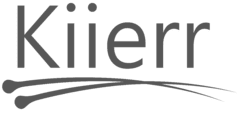
 LASER CAPS
LASER CAPS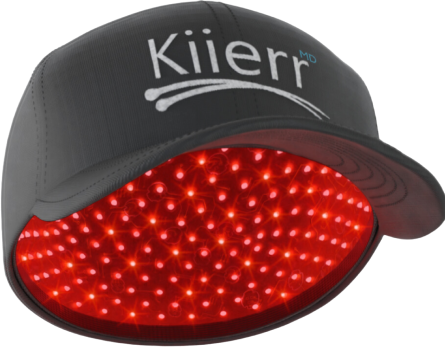


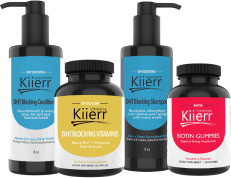
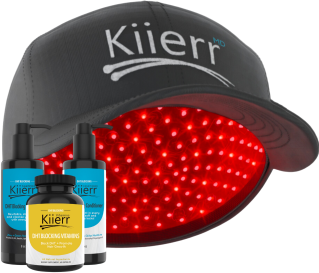
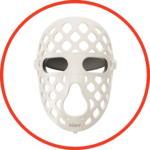 Beauty Products
Beauty Products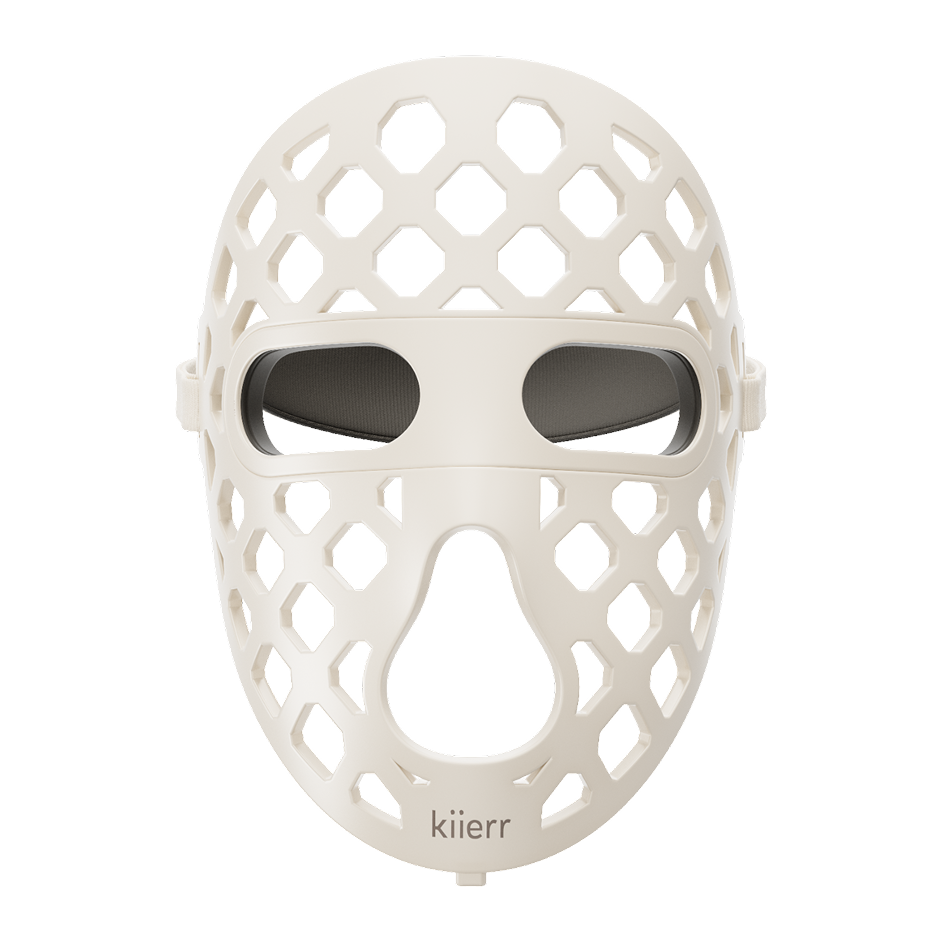





 Daily Deals
Daily Deals RESULTS
RESULTS

